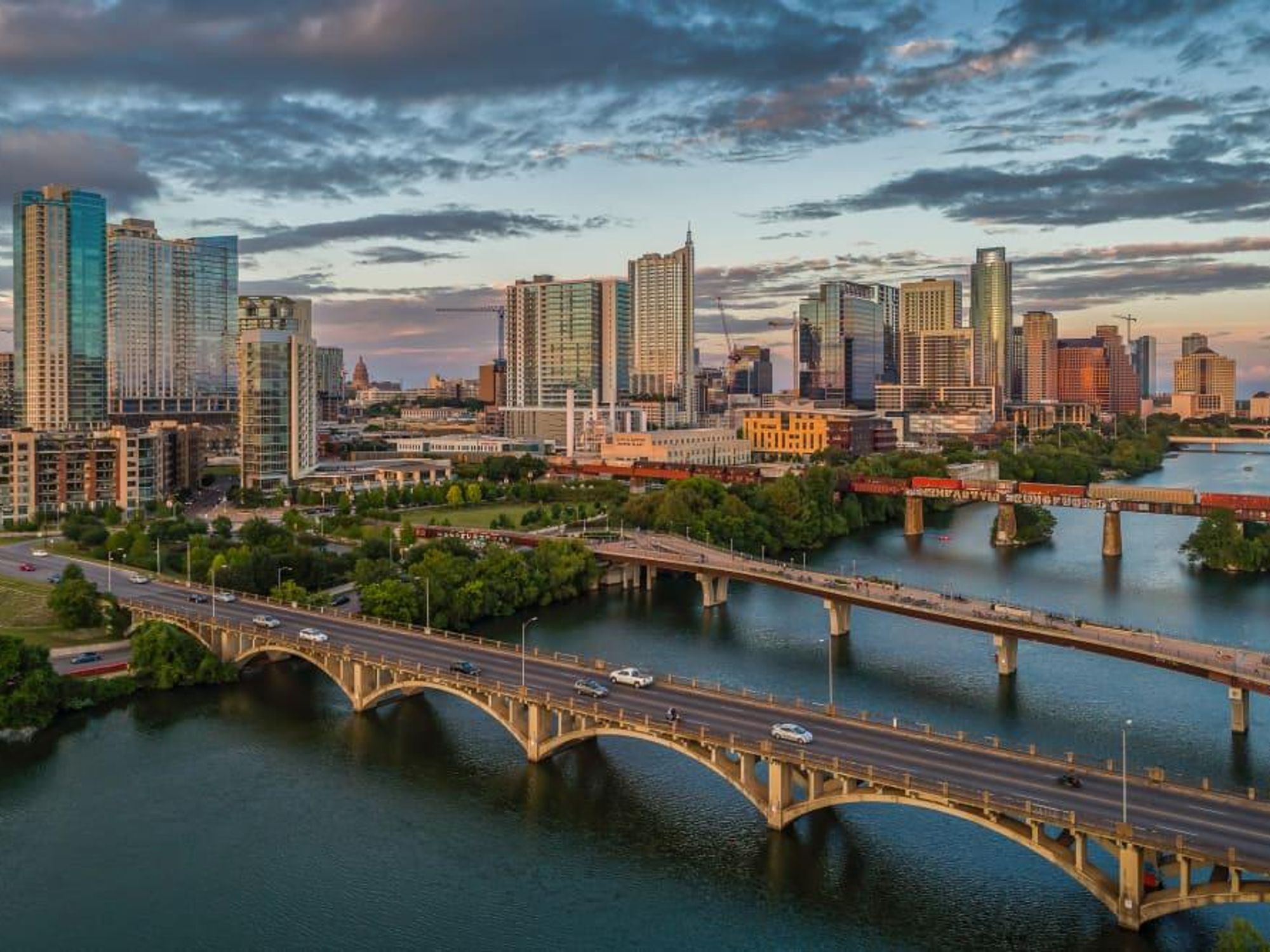Howdy, y’all!
Residents from these states continue flocking to Austin, says new report

Out-of-state residents — especially those from California and New York — are flocking to Austin in big numbers. But will the flight to Central Texas from those coastal locations continue?
As Austin regional director of housing-data provider Zonda, Vaike O’Grady keeps on top of who’s coming and going in the metro area. She believes the out-of-state influx into the Capital City won’t subside.
“As compared to some other cities, Austin’s economy has rebounded pretty well, with the exception of jobs in leisure and hospitality. The metro is still creating jobs, especially in professional and business services, and a lot of those folks can work at home,” O’Grady says. “That means home becomes more important — including your choice of home city. And Austin’s natural beauty, relative affordability, and healthy, outdoor lifestyle are very compelling.”
A new analysis by the Greater Austin Chamber of Commerce of data from the U.S. Census Bureau sheds light on the flow of out-of-staters into Central Texas. The analysis shows the greatest source of new arrivals in the Austin area remains other parts of Texas — especially the Dallas-Fort Worth, Houston, and San Antonio areas. However, the average annual number of new residents from elsewhere in Texas went down from 2014 to 2018 while the number from California and New York went up, according to the analysis.
During that five-year period, Texas counties accounted for 51.3 percent of the new arrivals in the Austin area, followed by California (8 percent), New York (3.3 percent), Florida (3.1 percent), and Illinois (2.3 percent).
The analysis points to an average annual increase of about 2,100 more Californians and 1,300 more New Yorkers coming to the region from 2014 to 2018 versus 2009 to 2013.
Why are Californians and New Yorkers drawn to Austin? A key reason is that the overall cost of living in those states is considerably higher. Plus, workers from both states are finding jobs here.
An October report from job platform LinkedIn shows Austin gained the most workers in the previous 12 months from the San Francisco Bay Area, followed by the New York City and Los Angeles metro areas.
A January study from moving company United Van Lines underscores the California-to-Texas trend. Last year, 7 percent of the people who moved away from California relocated to Texas. From 2010 to 2018, 605,391 Californians moved to Texas, according to a report from investment bank UBS.
The $1 billion projects that Tesla and Apple are building in the Austin area are bound to keep fueling the trek from California and New York to Central Texas.
Overall, Austin ranks first among the country’s 50 largest metro areas for new residents as a percentage of total population, the chamber’s analysis says. From 2018 to 2019, the Austin area netted 168 new residents per day.
According to a July survey of Austin homebuilders by Zonda, 38 percent said the volume of out-of-state home buyers had shot up this year compared with last year. The majority of builders indicated out-of-state shoppers represented 10 percent to 30 percent of sales contracts written between May and July, although some reported that figure was as high as 60 percent.
“Going forward, I expect Austin to remain an attractive location, though I worry about the city losing its cultural appeal,” O’Grady says. “Entertainment venues and restaurants and bars have taken a very strong hit. Travel will come back — the airport is already more full — but we’ll need to invest in supporting our artists and music venues if we’re going to ‘Keep Austin Weird.’”
